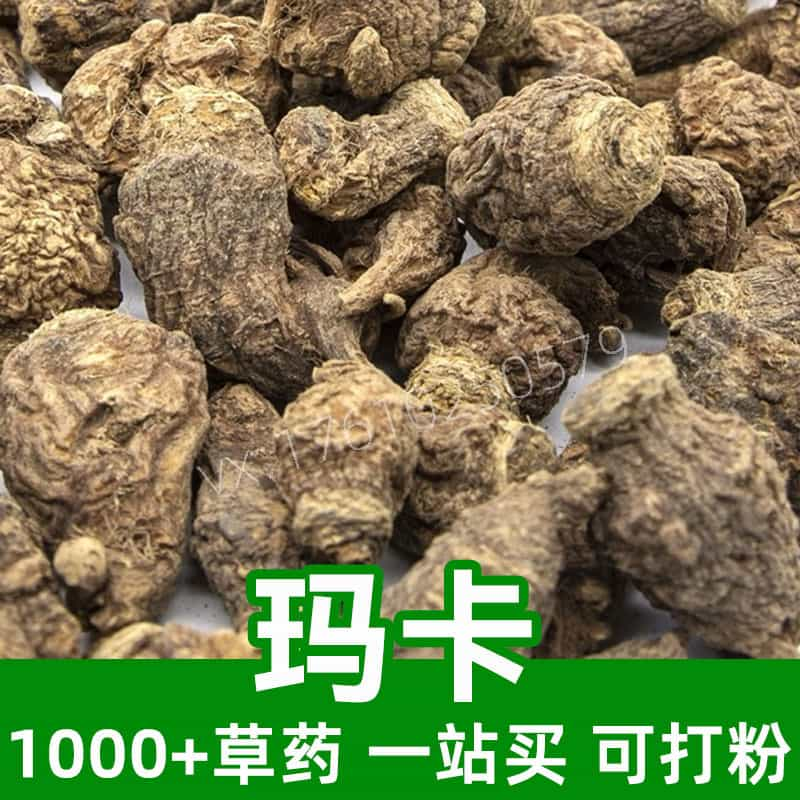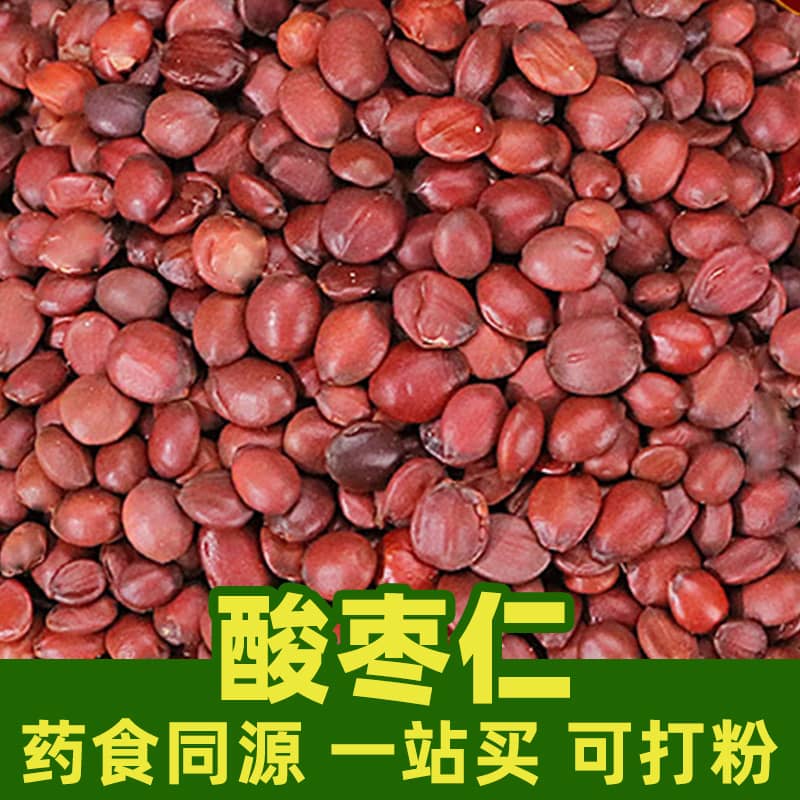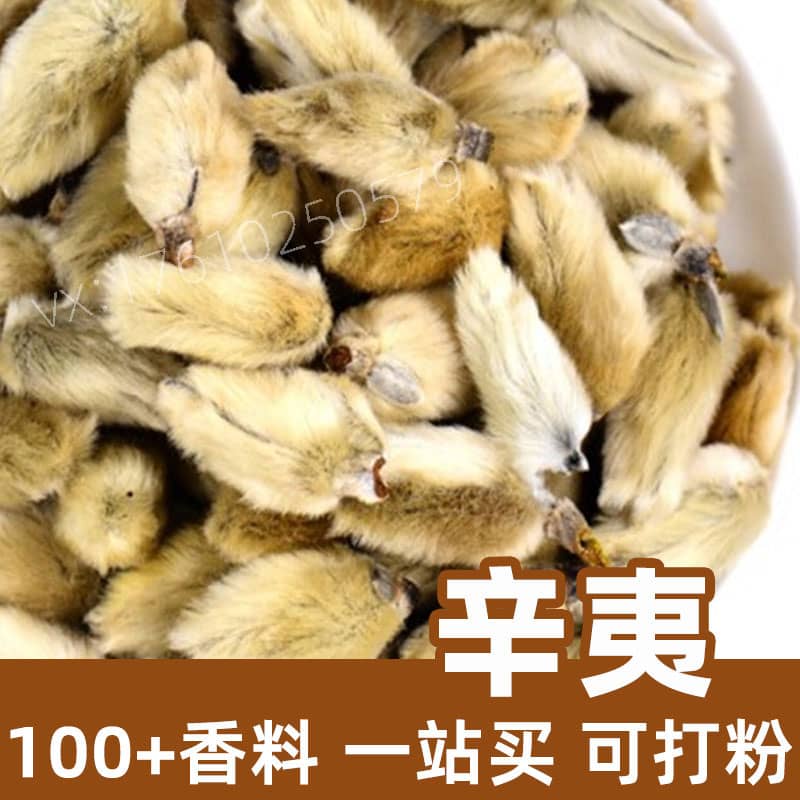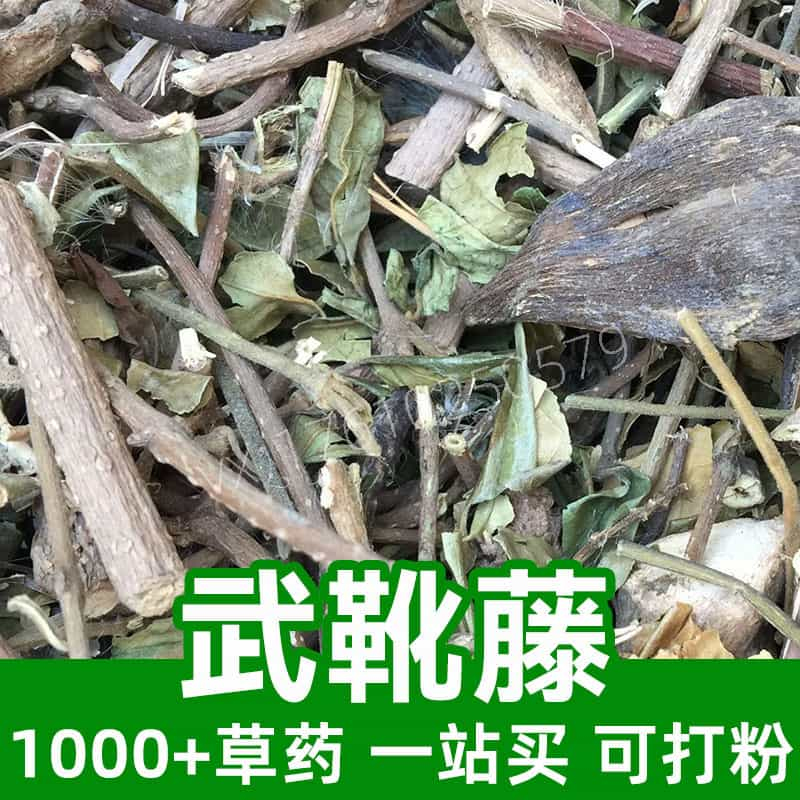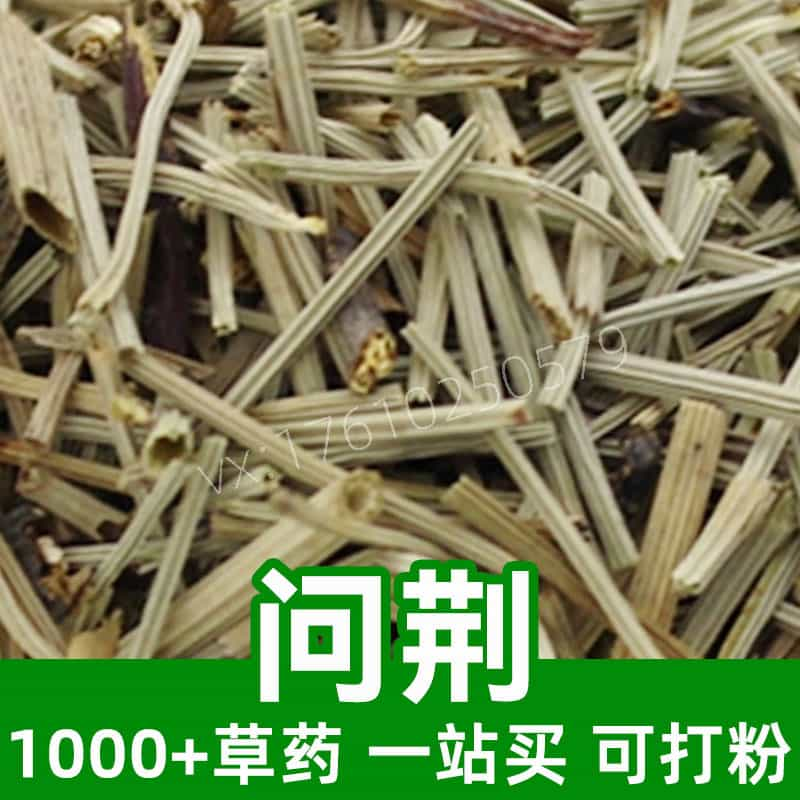Product Introduction
Chia seeds, derived from the Salvia hispanica plant, have earned their reputation as a superfood due to their remarkable nutritional profile. These small seeds, predominantly black or white, were cultivated by ancient civilizations, including the Aztecs and Mayans, who valued them for their energy-boosting properties. Rich in dietary fiber, omega-3 fatty acids, proteins, and antioxidants, chia seeds offer a wide array of health benefits and are versatile in culinary applications.
In traditional dietary practices, chia seeds are lauded for their ability to improve digestion, promote heart health, and provide sustained energy, making them a favored choice among health enthusiasts and individuals seeking to enhance their nutritional intake. Traditionally used in herbal tonics, modern consumption has expanded into smoothies, yogurt, salads, and baked goods. Chia seeds swell when soaked in liquid, forming a gel that can be utilized as a natural thickening agent, adding texture and nutritional value to a variety of dishes.
Furthermore, chia seeds are gluten-free and suitable for various dietary preferences, including vegan and paleo diets, which increases their appeal in today’s health-conscious environment. Given their exceptional nutrient density and culinary versatility, chia seeds are an excellent addition to a balanced diet, supporting overall well-being.
Main Active Ingredients
Chia seeds boast a remarkable array of active ingredients, solidifying their status as a superfood. At the forefront are omega-3 fatty acids, particularly alpha-linolenic acid (ALA), which plays a crucial role in maintaining cardiovascular health and supporting brain function. This essential fatty acid has been linked to reducing inflammation and promoting heart health, making chia seeds an effective plant-based alternative for those seeking to increase their omega-3 intake.
Another key component is dietary fiber, with chia seeds containing approximately 37% by weight. This fiber is primarily soluble, forming a gel-like substance when mixed with water, which aids in promoting fullness, regulating blood sugar levels, and supporting digestive health. The high fiber content also contributes to healthy cholesterol levels, further enhancing cardiovascular well-being.
Chia seeds are also packed with proteins, containing all nine essential amino acids necessary for the body’s growth and repair. Beyond amino acids, these seeds are abundant in antioxidants, including quercetin and chlorogenic acid, which help combat oxidative stress and support the body’s defense against free radicals.
Additionally, chia seeds are a good source of essential minerals such as calcium, magnesium, phosphorus, and iron, all of which are vital for bone health and various metabolic functions. This impressive nutritional profile positions chia seeds as a valuable ingredient in both traditional herbal practices and modern dietary regimens.
Product Application Scenarios, Usage, and Dosage
Chia seeds have found a secure place not only in traditional Chinese dietary medicine but also in modern culinary practices. In traditional contexts, these seeds are recognized for their nourishing properties and are frequently used in tonics aimed at improving energy levels and digestive health. Their hydrophilic nature allows them to absorb water and swell, making them an ideal thickening agent for soups, broths, and herbal preparations.
In contemporary cuisine, chia seeds are most commonly incorporated into smoothies and breakfast bowls, where they add texture and nutrient density. To utilize their gel-forming quality, many individuals soak chia seeds in water or almond milk for at least 30 minutes, allowing them to expand and create a unique pudding or gel, which can be flavored with fruits and spices.
Dosage varies based on individual needs and preferences. However, a common recommendation is to consume 1 to 2 tablespoons of chia seeds daily. This amount is sufficient to reap their health benefits without overconsumption. It’s important to gradually introduce chia seeds into the diet, especially for those unaccustomed to high-fiber foods, to prevent any potential gastric discomfort.
Moreover, chia seeds can be integrated into baked goods by substituting a portion of flour with ground chia seeds or scattering whole seeds into muffins, bread, or pancakes for added nutritional value. Overall, the versatility of chia seeds allows for a variety of culinary applications while supporting health, making them a staple in modern wellness.
Introduction to the Source Plant, Distribution, and Growth Environment
Chia seeds are harvested from the plant Salvia hispanica, which belongs to the mint family (Lamiaceae). This herbaceous plant is native to Central and South America, particularly Mexico and Guatemala, where it has been cultivated for centuries. The plant typically grows to a height of between 3 to 4 feet and produces small, vibrant purple or white flowers, which eventually develop into seed pods containing the valuable chia seeds.
Chia plants thrive in warm climates, preferring full sunlight and well-drained soils. They are typically grown in tropical and subtropical regions, where the growing conditions allow for optimal seed production. The cultivation process is relatively straightforward: seeds are usually sown in well-prepared soil, and the plants require minimal irrigation, making them an environmentally sustainable crop.
In terms of distribution, while chia seeds have a long-standing history in Mesoamerican cultures, their popularity has soared globally in recent decades, especially among health-conscious consumers. Today, chia seeds are widely cultivated not only in their native regions but also in countries like Argentina, Bolivia, and Australia, which have adapted the agricultural practices to meet international demand. These countries provide various conditions conducive to chia growth, contributing to its status as a global superfood.
Harvesting, Processing, and Storage
Harvesting chia seeds is a delicate process that requires careful timing and technique to ensure quality. Once the chia flowers bloom, they are left to develop for about 3 to 4 months until the seeds are fully formed and the pods begin to dry out. Harvesting typically occurs in late summer to early fall. Farmers use a mechanical harvester to collect the mature plants, which is then followed by further drying to prevent mold and maintain seed integrity.
Once harvested, the processing of chia seeds involves cleaning and dehulling them to remove any debris, extraneous plant material, or pesticides. This ensures that the seeds are clean and safe for consumption. The seeds can be sold whole, ground, or processed into oil, with each form offering unique benefits and intended uses.
Proper storage is vital to prolonging the freshness and nutritional quality of chia seeds. They should be kept in a cool, dry place, ideally in an airtight container made of glass or plastic to protect them from moisture and air exposure. When stored correctly, whole chia seeds can last for up to two years without significant loss of nutritional value. It is advisable to check for rancidity and other signs of spoilage regularly, particularly if the seeds are ground, as they are more susceptible to oxidation.
Overall, adhering to proper harvesting, processing, and storage practices ensures that chia seeds retain their exceptional nutrient profile and remain a beneficial addition to the diet for an extended period.
Monica Sun is a seasoned expert in the natural raw materials industry, with over a decade of experience specializing in traditional Chinese medicinal herbs, spices, and fungi. She is skilled in the sourcing, processing, and application of these materials, emphasizing sustainability and innovation. Monica Sun has contributed to the development of high-quality natural raw materials that serve as essential components in functional foods, pharmaceuticals, and cosmetics, delivering tailored solutions to meet diverse market needs.









